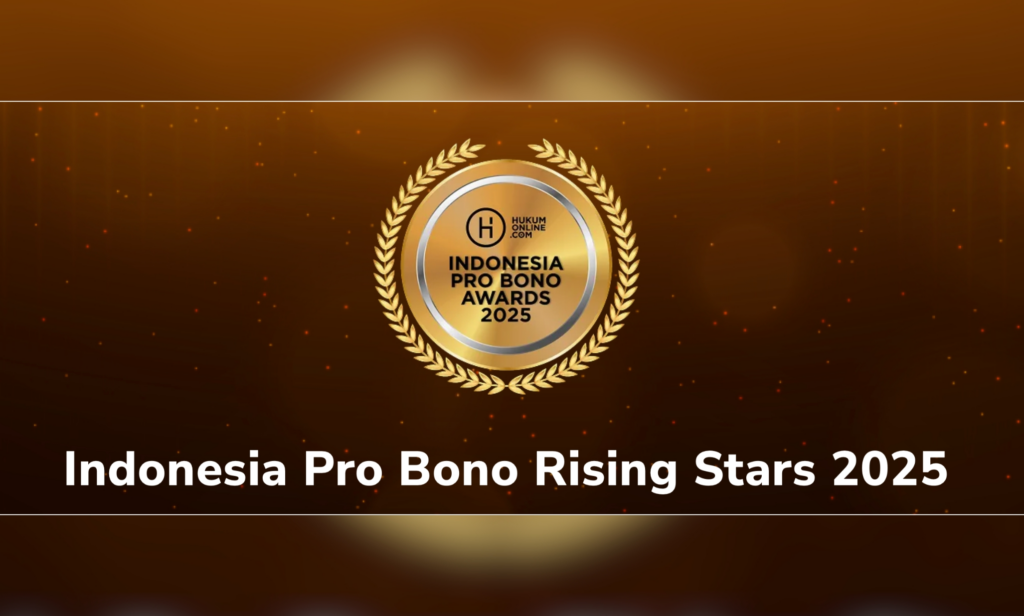4 September, 2019
|
On 8 August 2019, Indonesia’s President signed the country’s first regulation on electric vehicles – Presidential Regulation No. 55 of 2019 on the Acceleration Program for Battery-powered Electric Vehicles for Road Transportation (“PR 55/2019”).
PR 55/2019 reflects the government’s twin ambitions of (i) attracting more investment into the country (in particular to develop the electric vehicle sector) and (ii) becoming a major producer of lithium batteries. This regulation also supports the drive to improve energy efficiency and reduce pollution and gas emissions. However, the new regulation does not touch on autonomous vehicles.
PR 55/2019 covers the following topics:
We set out here our initial observations on some of these areas. |
|
Manufacturing BEVs and their Components
To accelerate development of the BEV industry in Indonesia, BEV manufacturers are required to locate their manufacturing and assembly plants in-country. A similar requirement applies to the manufacturers of BEV components.
A BEV manufacturer may also import BEVs under certain conditions. To some degree, BEV manufacturers may import BEV components as well, in either Incompletely Knocked Down (“IKD”) or Completely Knocked Down (“CKD”) form. On the other hand, BEV component manufacturers may only import IKD components. As a general rule, imports are expected to gradually be reduced as producers are required to meet the local component requirements discussed below.
Government Incentives
PR 55/2019 sets out both fiscal and non-fiscal incentives. It is also possible for the central or regional government to grant additional incentives to encourage production of BEVs using a national brand.
Local Component Requirements
Manufacturers of BEVs and their components must prioritise the use of local components. PR 55/2019 sets out certain local content levels that the BEV manufacturers must meet, depending on the type of vehicle. Indonesia’s Minister of Industry has been granted the authority to determine the formula for calculating the local content requirements.
Failure to comply with the local component requirements may affect the ability of the manufacturer to obtain these government incentives. Impact of PR 55/2019 on Existing Fossil Fuel Vehicle Businesses
To accelerate the BEV program, PR 55/2019 allows the government to restrict the use of fossil fuel vehicles in stages, which will be implemented in line with the road map for developing the national automotive industry.
Other Relevant Government Policies and Strategies
At around the same time as the issuance of PR 55/2019, the oil and gas downstream regulator announced a new restriction on the amount of subsidised diesel fuel that can be purchased for vehicles. Indeed, the Government is also planning to reduce diesel fuel subsidies in the 2020 state budget. Taken together, these policies are also intended to support the BEV program.
Electricity Tariff
The electricity tariff for charging a BEV will be determined by the Minister of Energy and Mineral Resources.
BEV Technical Requirements and After Sales Service
Each BEV must meet technical and roadworthiness requirements and obtain a vehicle identification number before it may be driven on the country’s roads.
PR 55/2019 also requires manufacturers of BEVs and their components to provide after sales service to their customers.
Conclusion
Following the release of PR 55/2019, the government will next issue implementing regulations for BEVs. PR 55/2019 and its implementing regulations will be relevant not only to car and motorcycle manufacturers, but also to related business sectors, including nickel mining, gas stations, vehicle components, waste management, and after sales services. |
For further information, please contact:
David Dawborn, Partner, Herbert Smith Freehills
david.dawborn@hbtlaw.com





